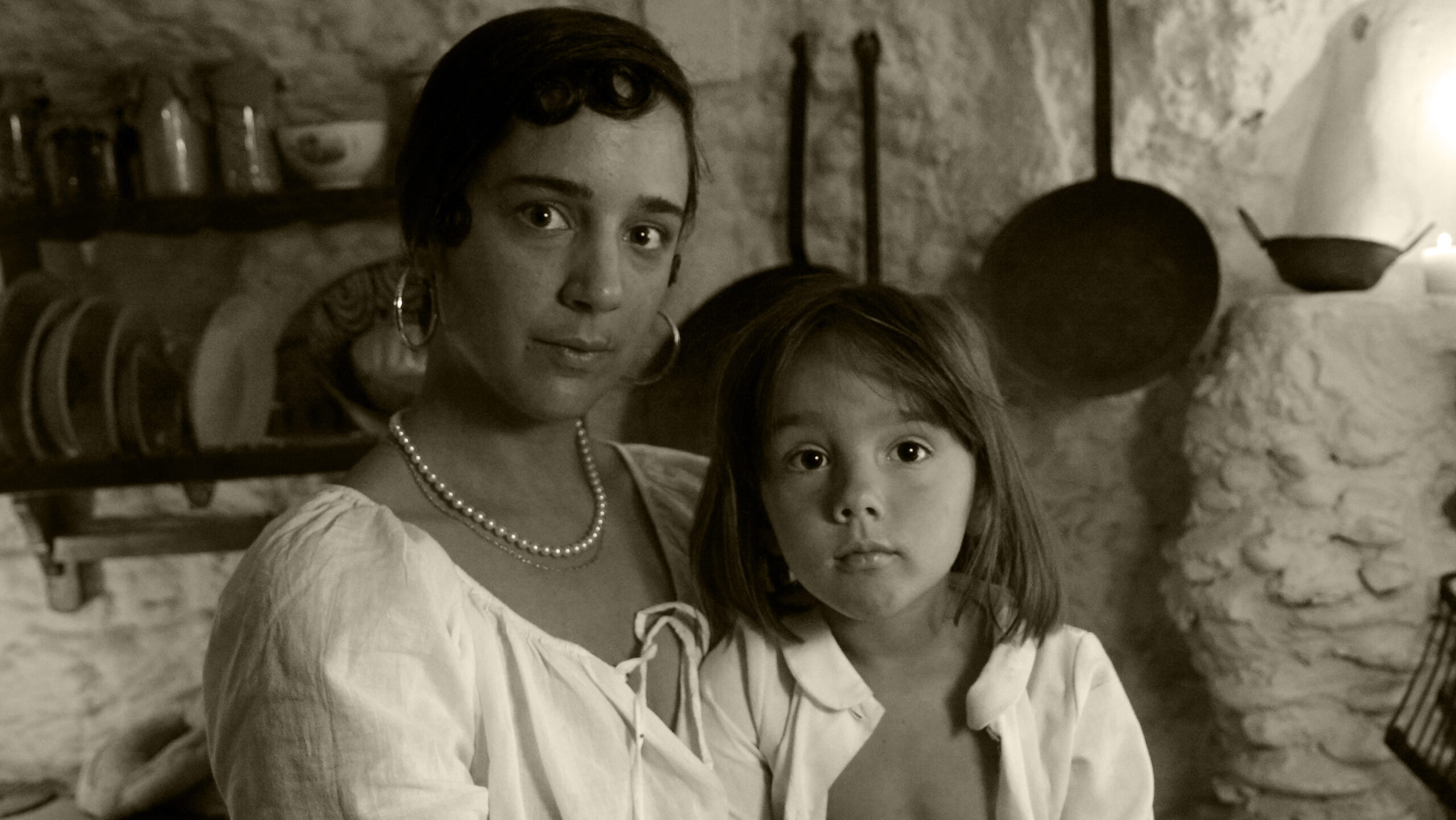 Traditionally, Gitanxs of El Sacromonte will excavate a new space, a room in the cave when a new member of the family is born and welcome into the family. I attempt to make a metaphorical (and not biological or essentialist) comparison between the domestic cave and the womb of a female body as a habitat, I would like to introduce the words of Pedro Peña, cantaor, guitarist and flamenco essayist in an interview by Iván Perínez Bolaño: “Experiences that I have lived in the bosom of my family and in the relationships of my family with others ... I feel inside of me the inheritance of a legacy that has been transmitted to me by many previous generations: I did not become Flamenco, Flamenco was inside of me. I am another link in that chain of tradition. So since I was in my mother’s womb, I was raised, I was born, I grew up being Flamenco all my life.”
Traditionally, Gitanxs of El Sacromonte will excavate a new space, a room in the cave when a new member of the family is born and welcome into the family. I attempt to make a metaphorical (and not biological or essentialist) comparison between the domestic cave and the womb of a female body as a habitat, I would like to introduce the words of Pedro Peña, cantaor, guitarist and flamenco essayist in an interview by Iván Perínez Bolaño: “Experiences that I have lived in the bosom of my family and in the relationships of my family with others ... I feel inside of me the inheritance of a legacy that has been transmitted to me by many previous generations: I did not become Flamenco, Flamenco was inside of me. I am another link in that chain of tradition. So since I was in my mother’s womb, I was raised, I was born, I grew up being Flamenco all my life.”


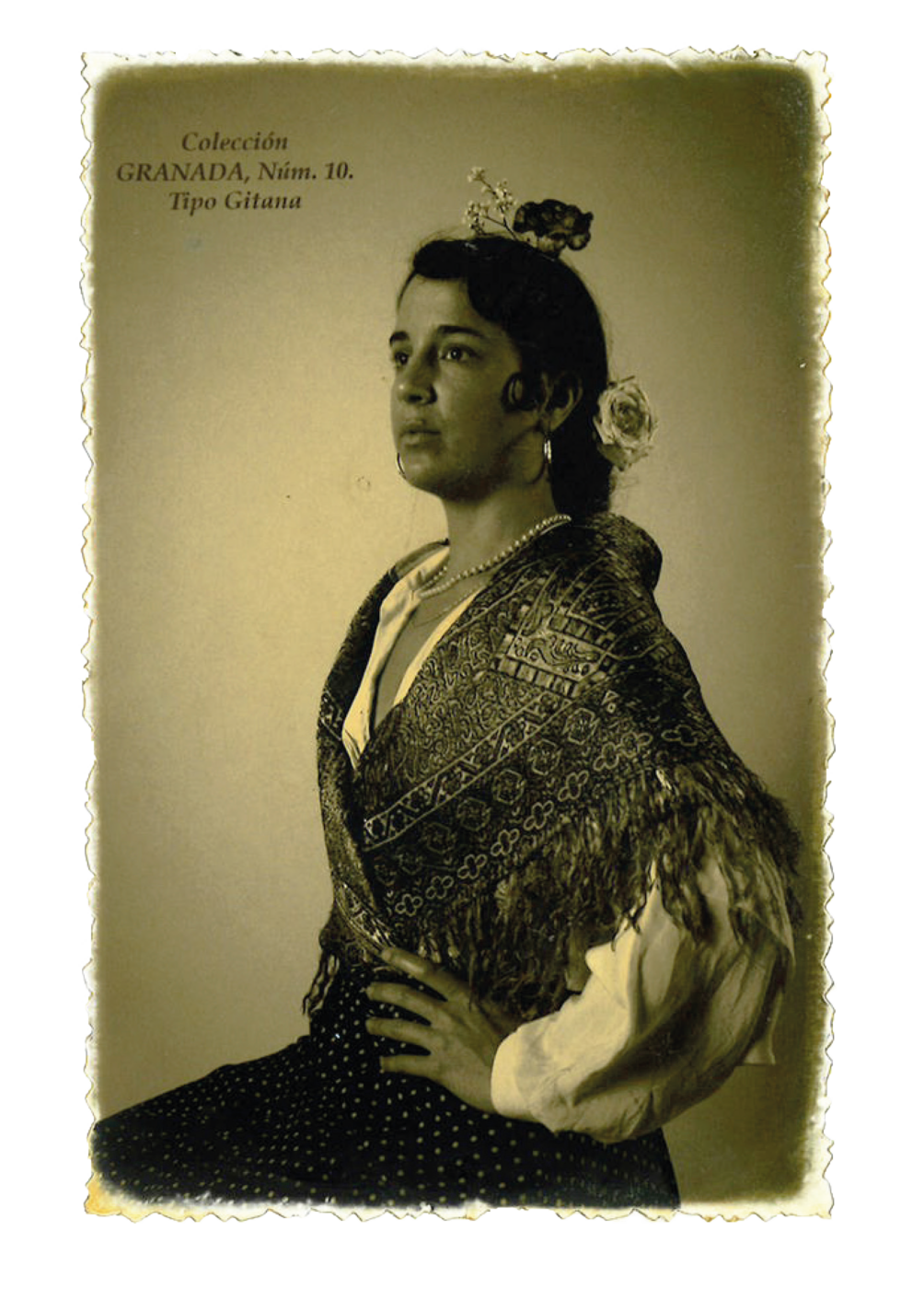


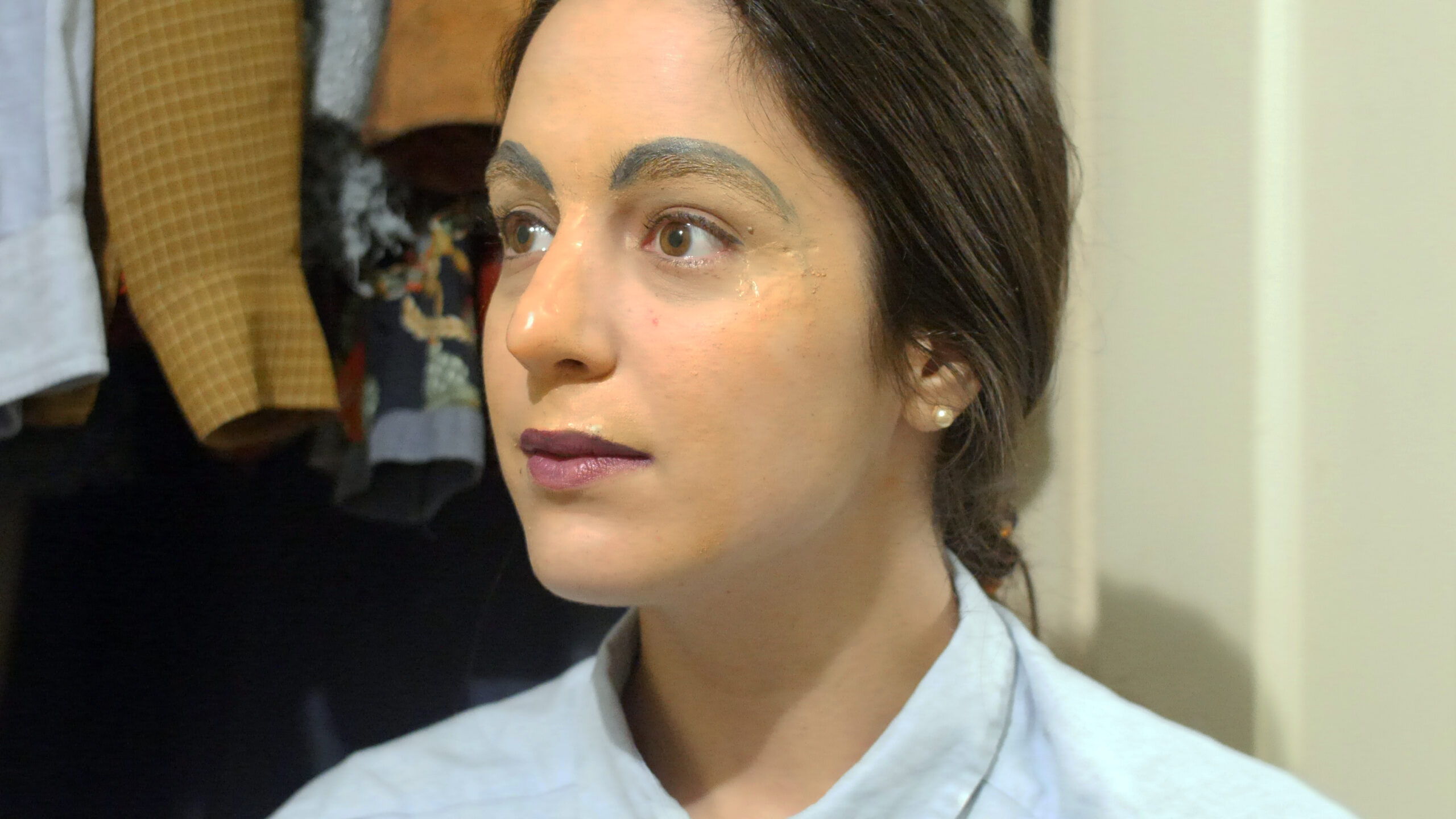
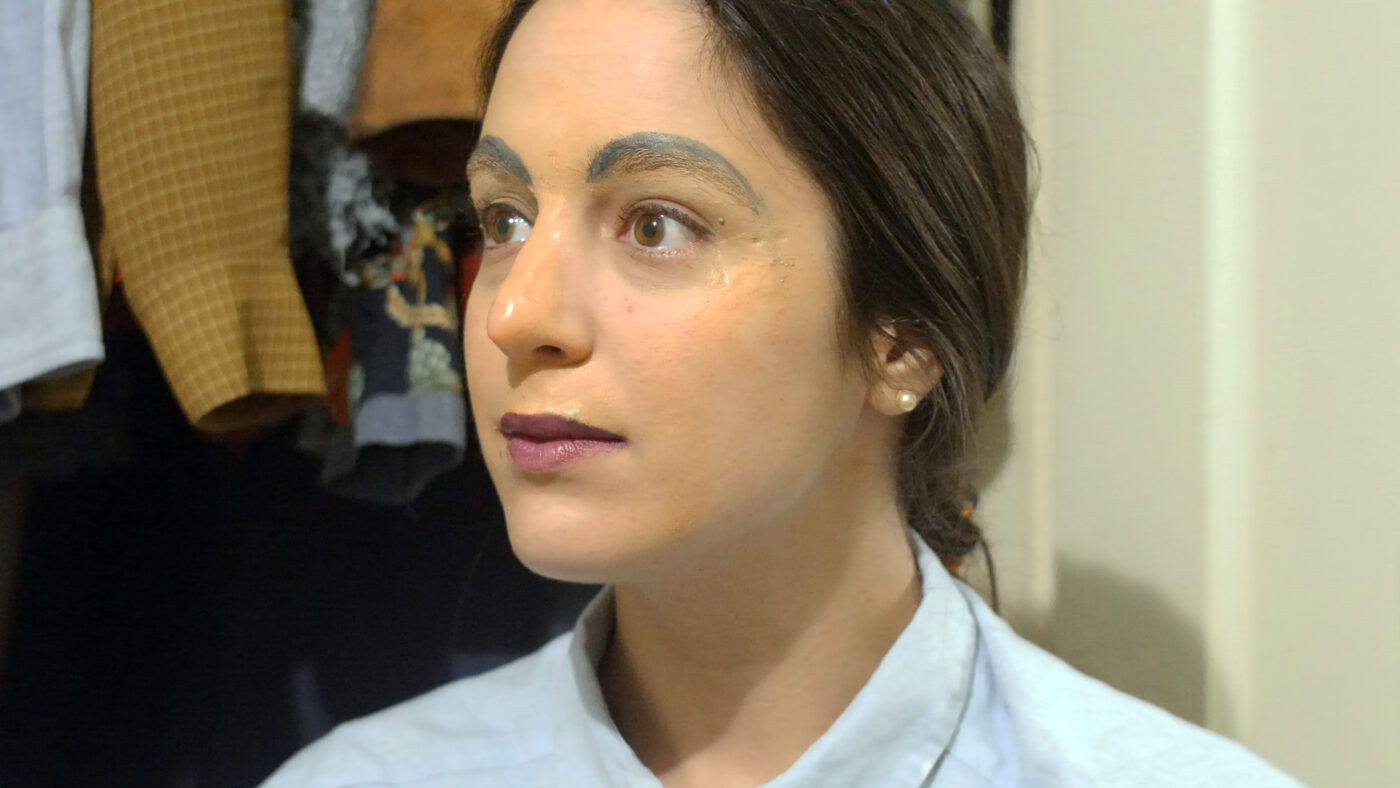

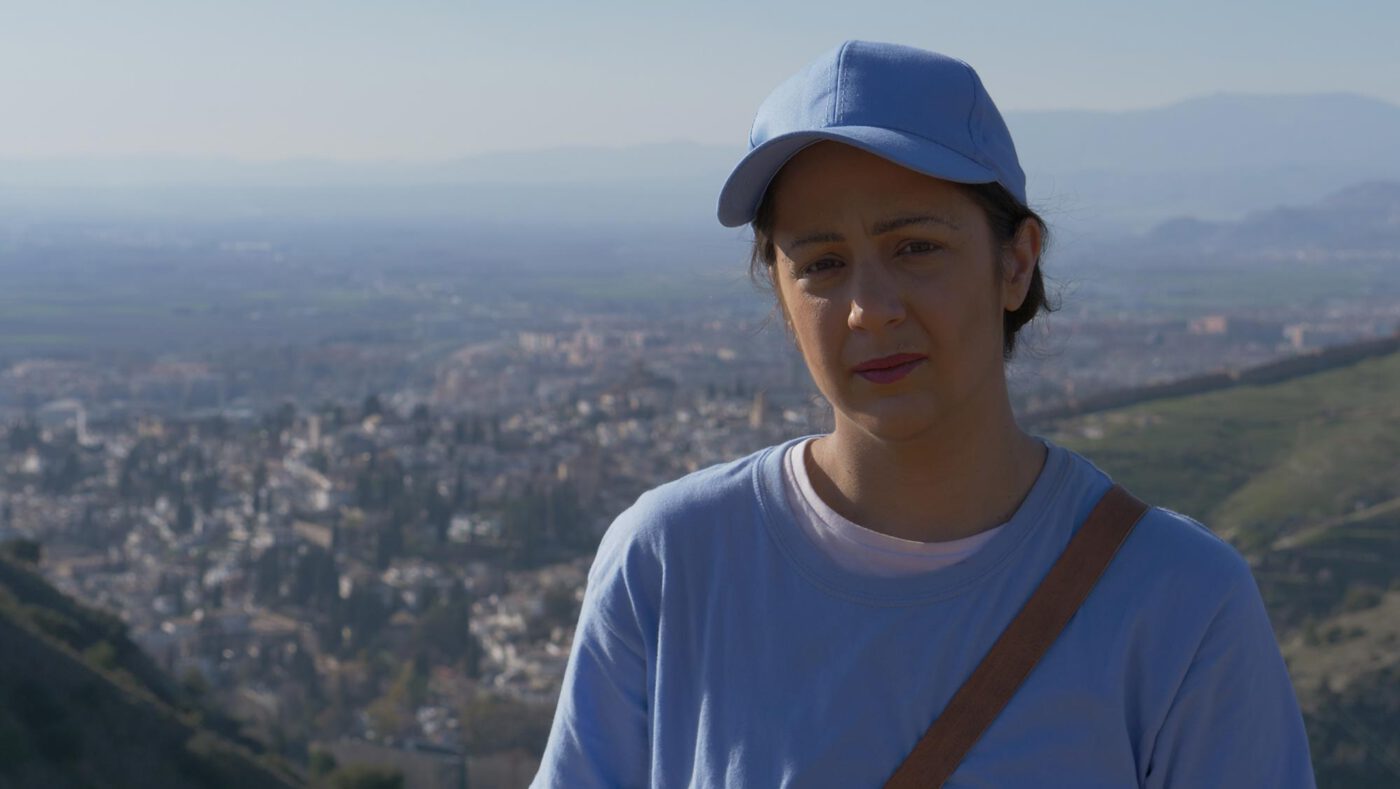

How does a place tell the story of a people? The Gitanos (Roma in Spain) have been persecuted and cast outside of society throughout history. In Granada, they found a home in the unique cave system of El Sacromonte -- the Sacred Mountain. Through personal stories of displacement and exclusion, the film tells the history of my grandmother using a beautiful rhythmic and colorful style that emulates Flamenco, a form of dance and music that owes its popularity to the Gitano people.
Using the methodology of para-fiction with decolonial readings, cultural studies and experimentation with multiple self-characterization, the film presents a (re)creation of the “reality” in El Sacromonte showing the different stages of my search for belonging and identity.